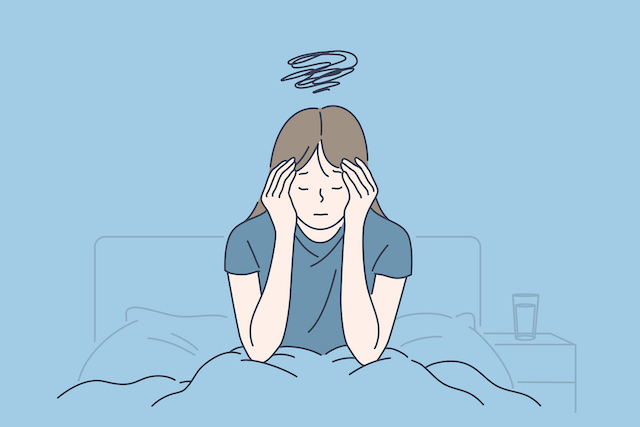Last updated on February 14th, 2020
If you’re a woman in her menstruation years, there’s a chance you may be iron deficient. As one of the most common nutrient deficiencies worldwide, monthly menstruation makes women in this stage of life more susceptible—particularly for those who have very heavy periods.
It’s important then to ensure that you’re getting sufficient iron from the foods you’re eating. However, when it comes to making sure we’re getting enough dietary iron, it’s not always as simple as just adding in more iron-rich foods. We also need to consider bioavailability, which involves various factors that influence how much iron our body can actually absorb and use.
There are two main types of iron in food:
- Haem iron – this is the form of iron found in animal foods such as red meat and liver
- Non-haem iron – this is the form of iron found in plant foods such as lentils and green leafy vegetables.
Haem iron is more bioavailable than non-haem iron, which means that your body is more readily able to absorb it. However, there are things we can do (and not do) to significantly enhance our ability to absorb more of the non-haem iron from our plant-based sources. Here are some strategies to help with this:
- Pair your iron-rich plant foods with a source of vitamin C – vitamin C rich foods include citrus fruits, kiwifruit, strawberries, capsicum and lightly cooked (rather than boiled until they are soggy) Brassica vegetables such as broccoli and cabbage
- Chew your food well to help stimulate stomach acid production
- If you feel nourished by good quality red meat, including these foods with your plant-based sources of iron will help to improve the non-haem iron absorption
- Avoid drinking tea and coffee with iron-containing foods, as the tannins in these drinks can bind to the iron and significantly hinder absorption
- Minimise or avoid the use of antacids where possible
- Avoid calcium supplements with iron-rich meals
- Avoid fibre supplements with iron-rich meals
Our body is also working behind the scenes to do its best to keep our iron levels where they need to be. The liver plays a key role in this and it’s here where our body stores some extra iron so it can be released for use when needed. The liver also produces a substance called hepcidin that tells the body when to absorb more iron (when our iron stores are getting low) and when to absorb less iron (when our iron stores are high enough). How clever is that?
You could think of hepcidin like a bouncer or security guard at a bar, and your liver as the manager. When the bar is full (your iron stores are high), the manager (liver) sends more bouncers (more hepcidin) to block off the entrances to the bar (the sections on the gut wall through which iron can be absorbed across into the circulation) to stop or reduce the amount of people (iron) from entering. To carry on with this analogy, when the bar is fairly empty and they are wanting to get more patrons in (iron stores are getting low), the manager (liver) allows the bouncers to take a break (less hepcidin), so people can freely enter the bar as they arrive (more dietary iron can be absorbed across the gut into the circulation). This helps to ensure that we’re able to absorb and use iron more efficiently from our food when we need to, and it also helps to safeguard us from absorbing too much iron, because if excess amounts build up inside of us this can be very problematic. This is one of the many reasons it’s so important to take such precious care of your liver. It plays so many vitals roles in every aspect of your health!
Although we have this incredible regulatory mechanism, our body can only adjust our iron absorption to a certain extent and if we consume way too much or way too little on an ongoing basis, it’s not going to be able to offset it. Some people also have a genetic condition called haemochromatosis, where their body absorbs and stores too much iron. Some of the symptoms of iron overload/excess can be similar to symptoms of iron deficiency, so this is why it’s very important to have your iron stores checked via a blood test before commencing iron supplementation.
If iron levels are low and an iron supplement is needed, taking the supplement every second day may actually help to promote better absorption because of the acute increase in hepcidin that iron supplementation can trigger. However, your health care practitioner will be best placed to advise what is best for you, based on your personal circumstances and iron levels.
For more about iron deficiency and what to do if you think you may be low in iron, check out my blog here.









